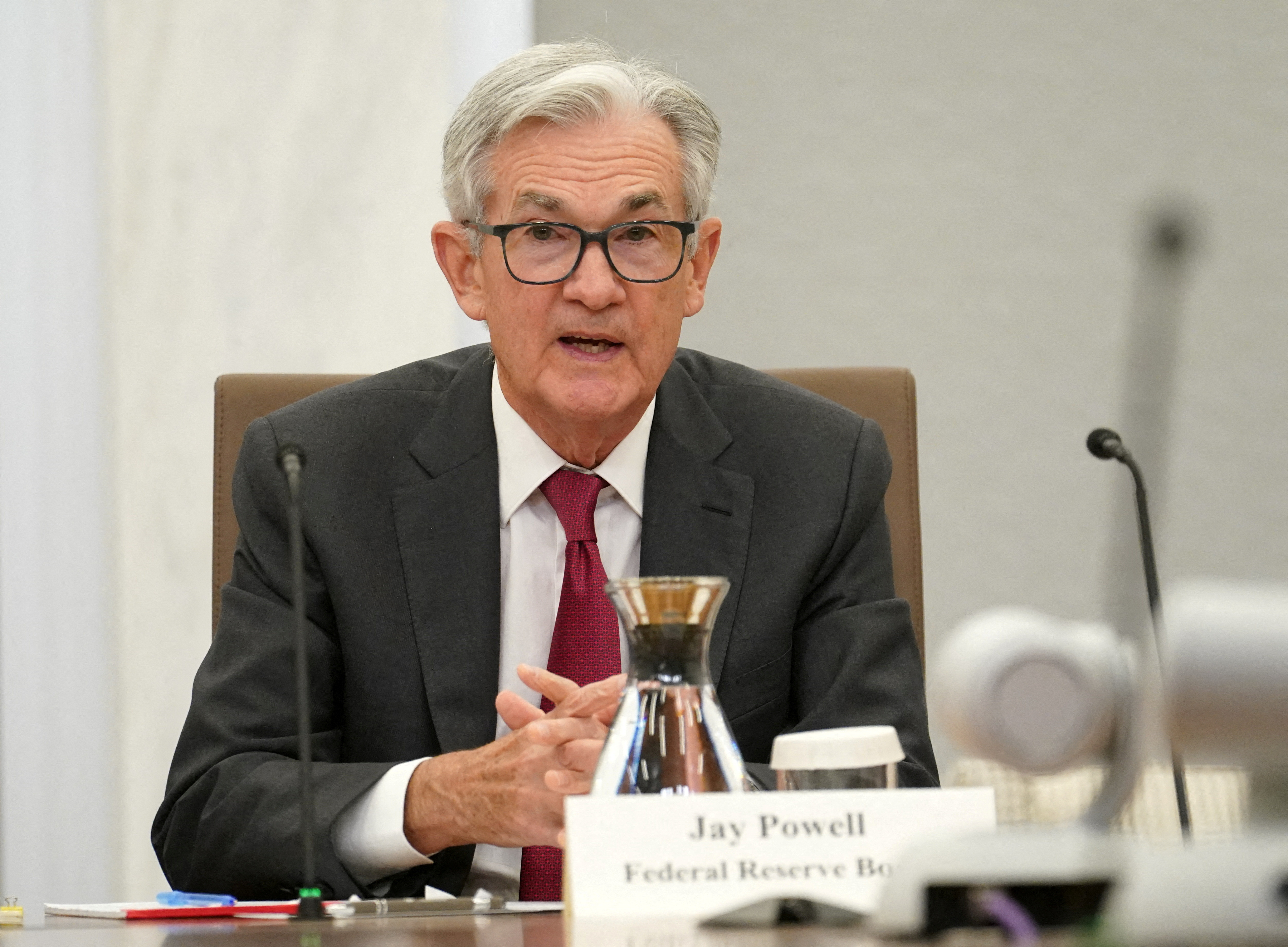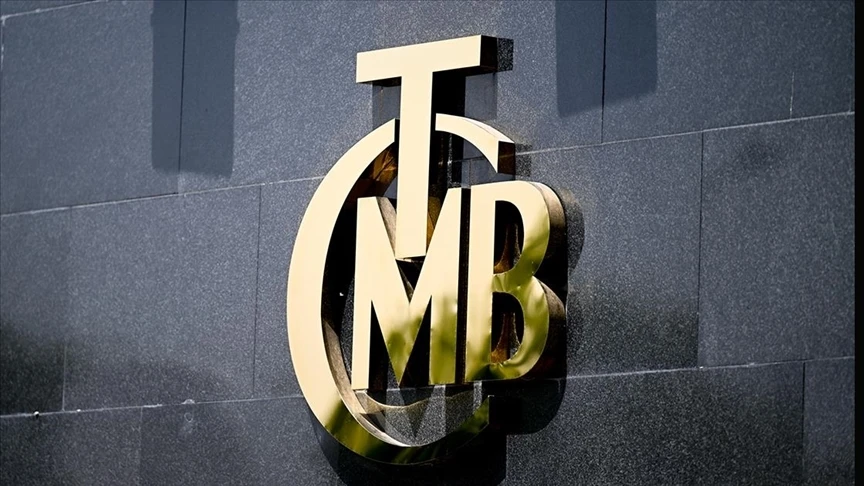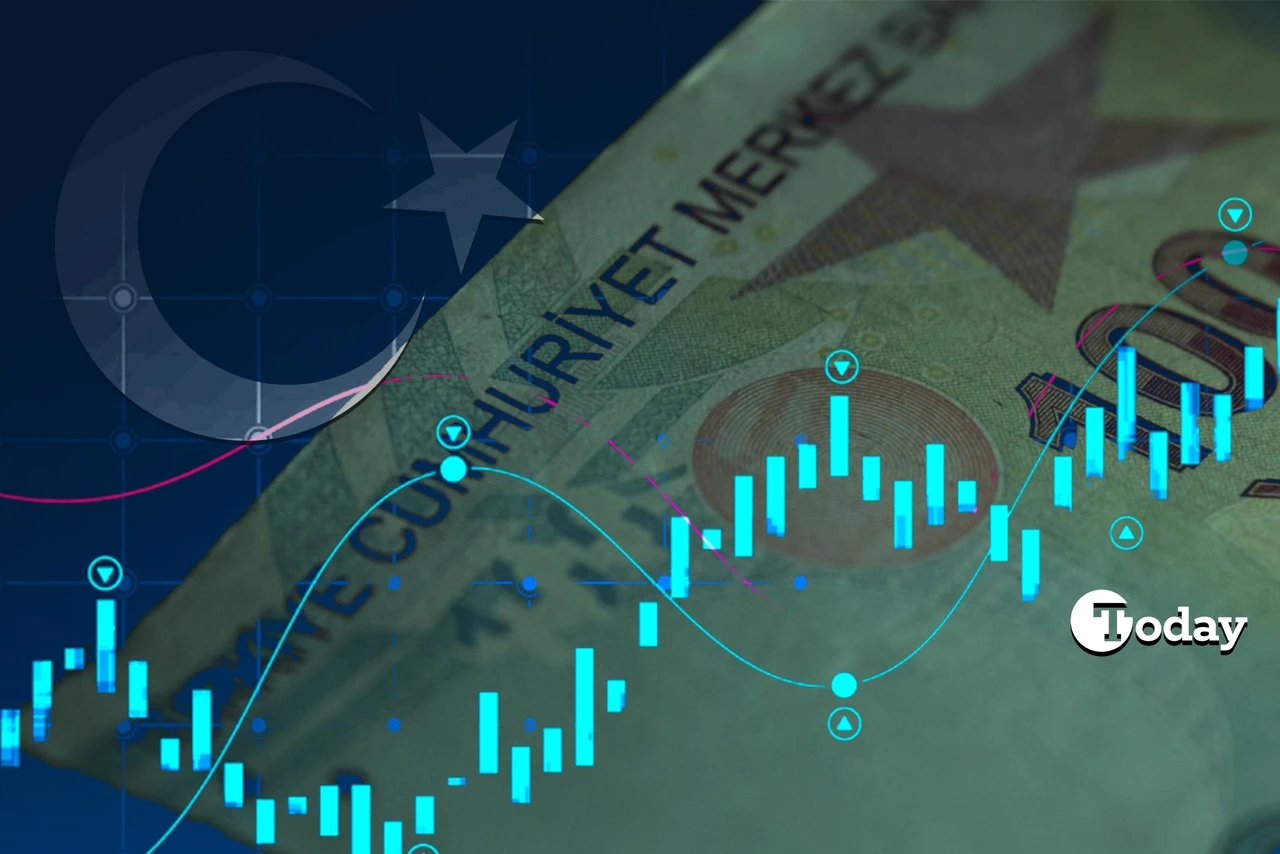US inflation eases to 3.4% in April, core CPI slows
Consumer prices were up 3.4% for the 12 months ended in April, easing from 3.5% the month before
U.S. consumer prices increased less than expected in April, suggesting that inflation resumed its downward trend at the start of the second quarter, boosting financial market expectations for a September interest rate cut.
The latest report from the Labor Department’s Bureau of Labor Statistics (BLS) revealed a 0.3% increase in the Consumer Price Index (CPI) in April, following consecutive 0.4% gains in March and February.
Over the past 12 months, the CPI has shown a 3.4% rise, marginally lower than the 3.5% increase recorded in March. April’s uptick marks a deceleration in price growth compared to the preceding months.
According to the report, rising gasoline and shelter costs accounted for more than 70% of the monthly increase in overall inflation.
A closely watched underlying measurement of inflation showed even more progress. Core CPI, which strips out the more volatile categories of energy and food, slowed to 3.6%, its lowest rate since April 2021.
The annual increase in consumer prices has dropped from a peak of 9.1% in June 2022, though progress has stalled. Inflation accelerated in the first quarter amid strong domestic demand after moderating for much of last year.
Interest rates to remain high

This data release follows remarks from Federal Reserve Chair Jay Powell, who hinted at maintaining current interest rates to counter inflationary pressures. Powell’s cautious stance suggests a reluctance to rush into rate cuts despite recent inflationary concerns.
On Tuesday, Jay Powell said that the U.S. central bank would have to be “patient and let restrictive policy do its work”, suggesting he is in no hurry to cut borrowing costs.
“I expect that inflation will move back down … on a monthly basis to levels that were more like the lower readings that we were having last year,” he added.
President Joe Biden, amid efforts to bolster public confidence in his economic policies ahead of the upcoming elections, faces the challenge of navigating the intricacies of inflation management.
Economists forecast inflation easing as labor market cools
Economists attribute the recent inflationary trends to various factors, including increased costs in sectors like motor vehicle insurance, housing, and health care. However, they anticipate a gradual easing of inflationary pressures in the coming months as the labor market cools.
They expect inflation pressures to ebb this quarter and prices to gradually move toward the Federal Reserve’s 2% target as the labor market is cooling.
Despite financial markets’ expectations of a potential interest rate cut by September, the Fed has maintained its current benchmark rate range of 5.25% and 5.5%.
The central bank’s cautious approach reflects a balance between managing inflation and supporting economic growth.
Source: Newsroom



